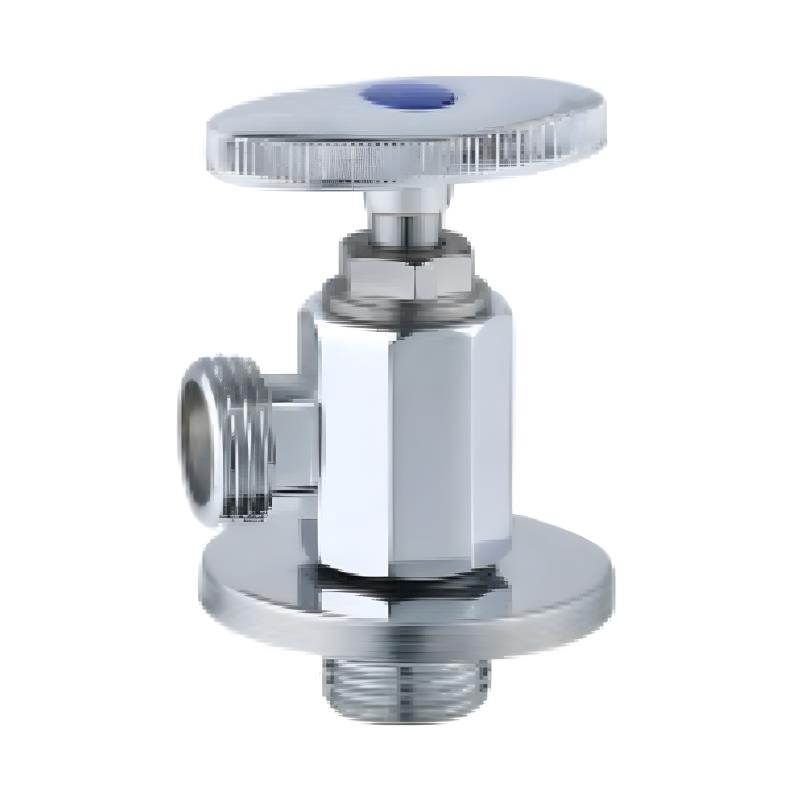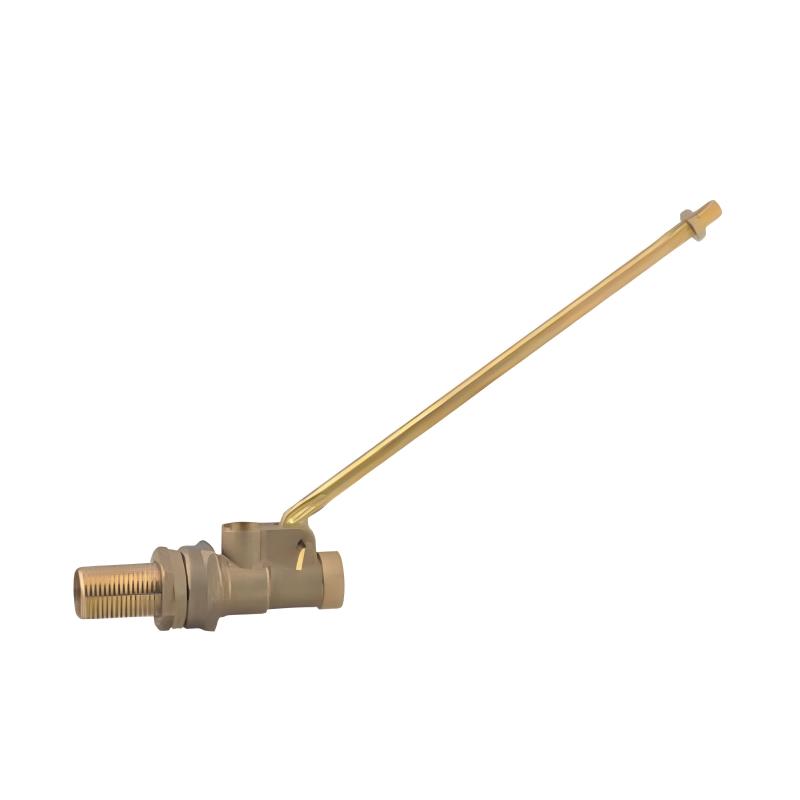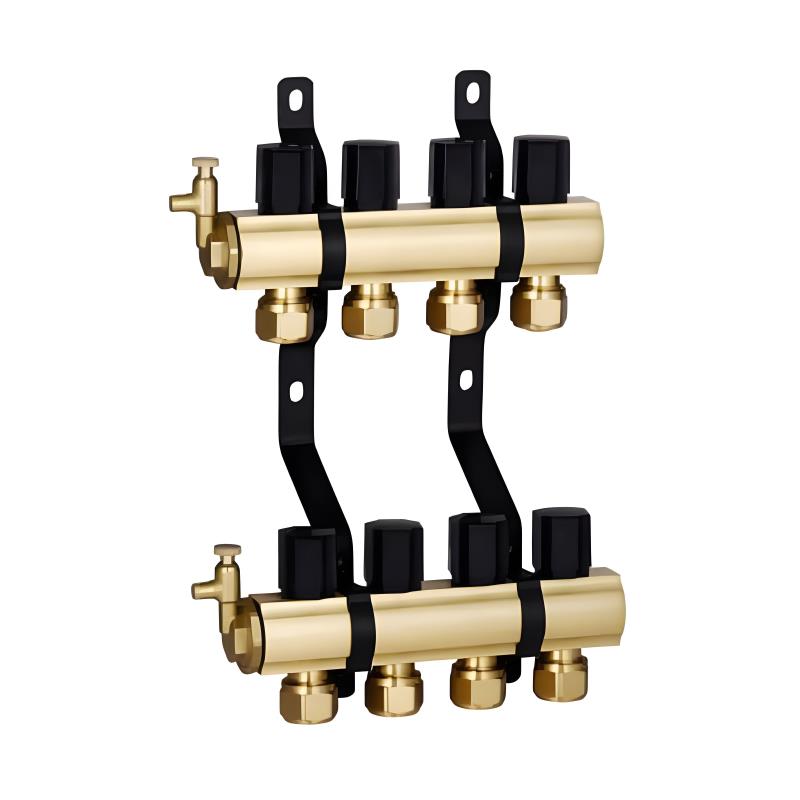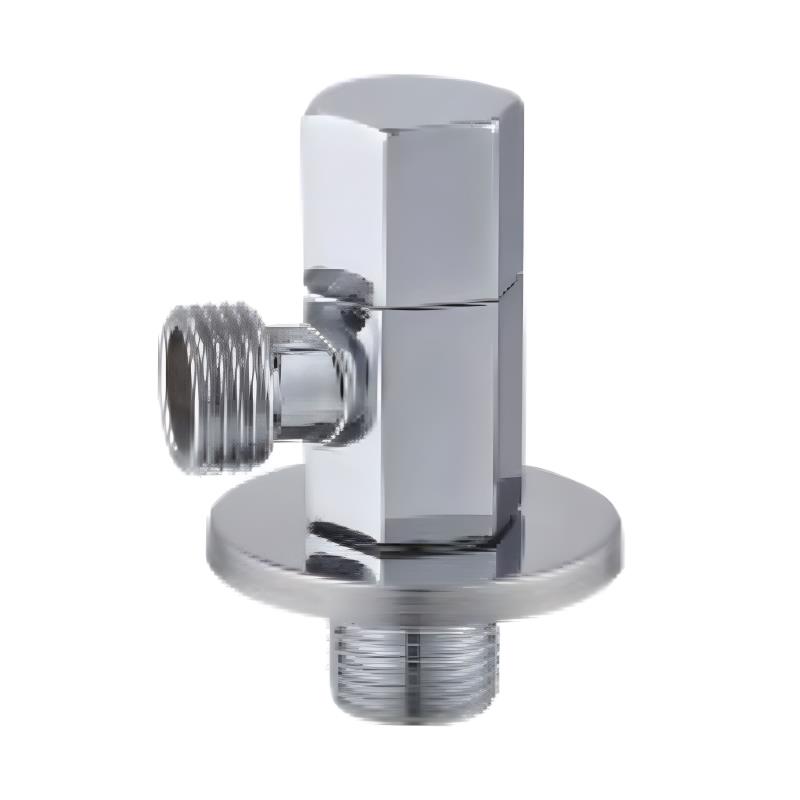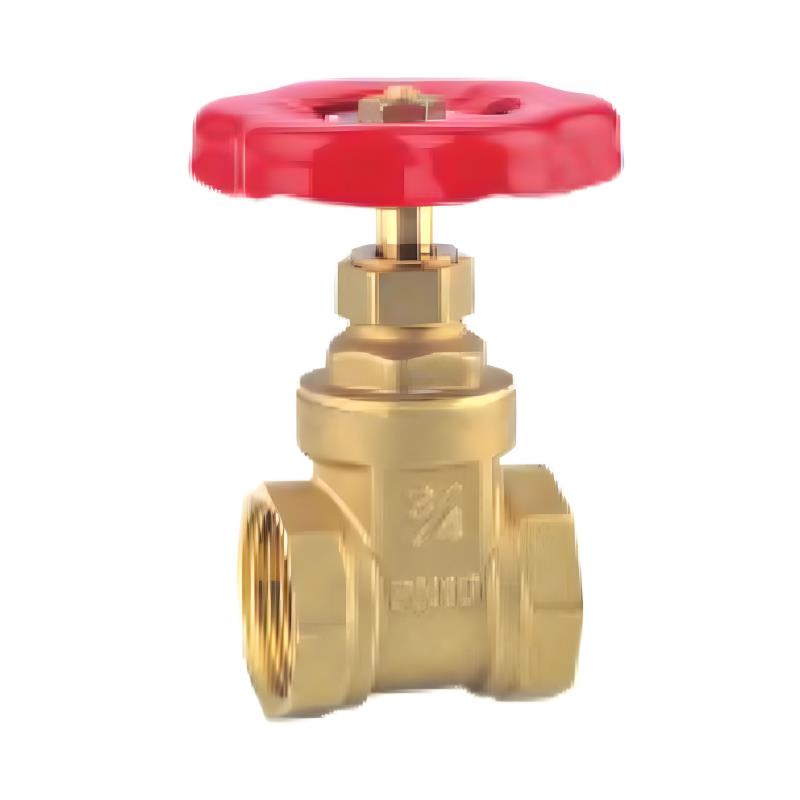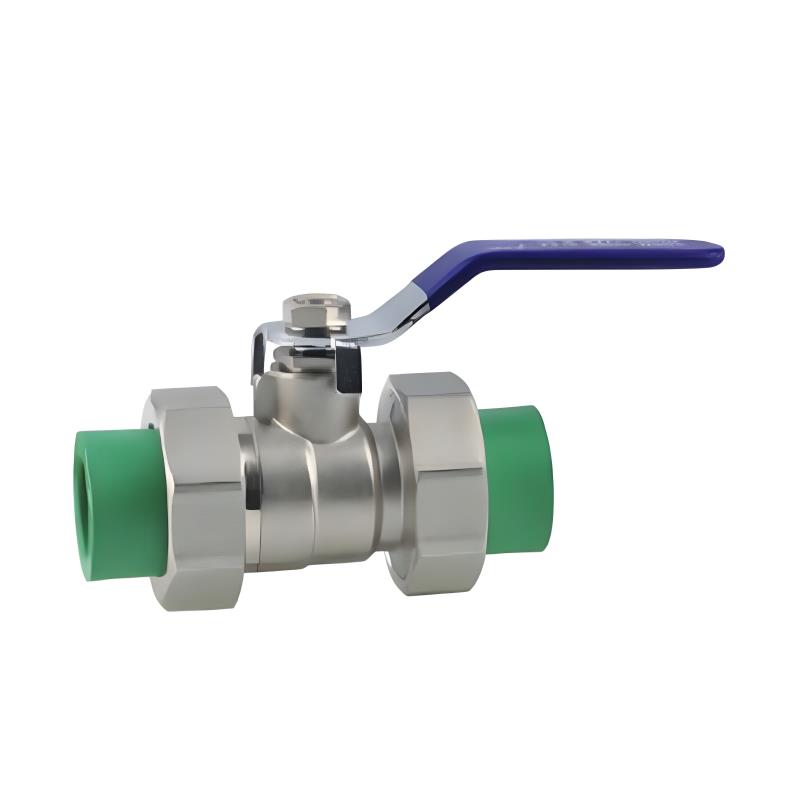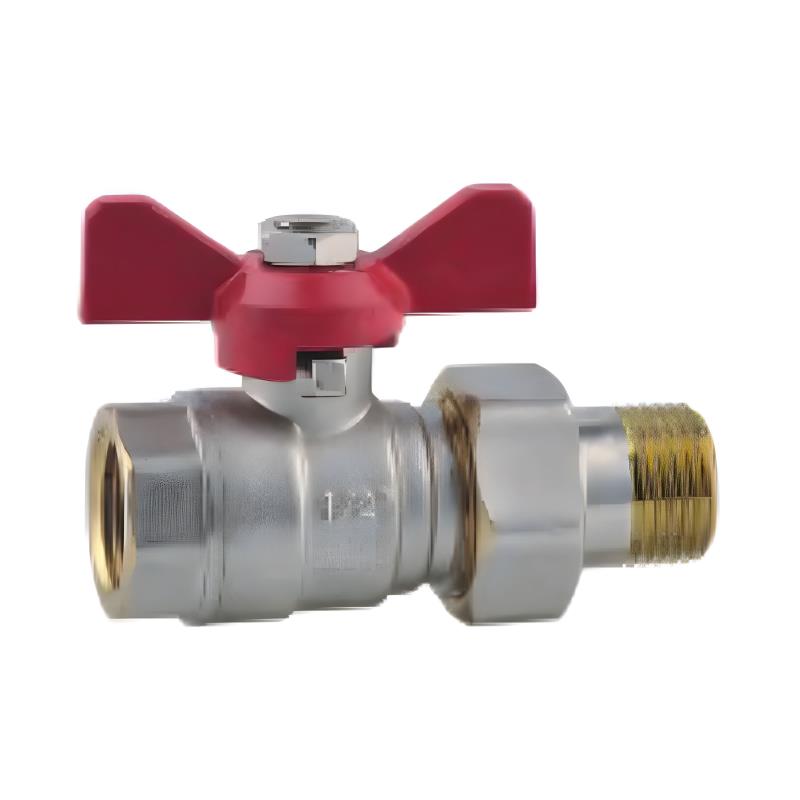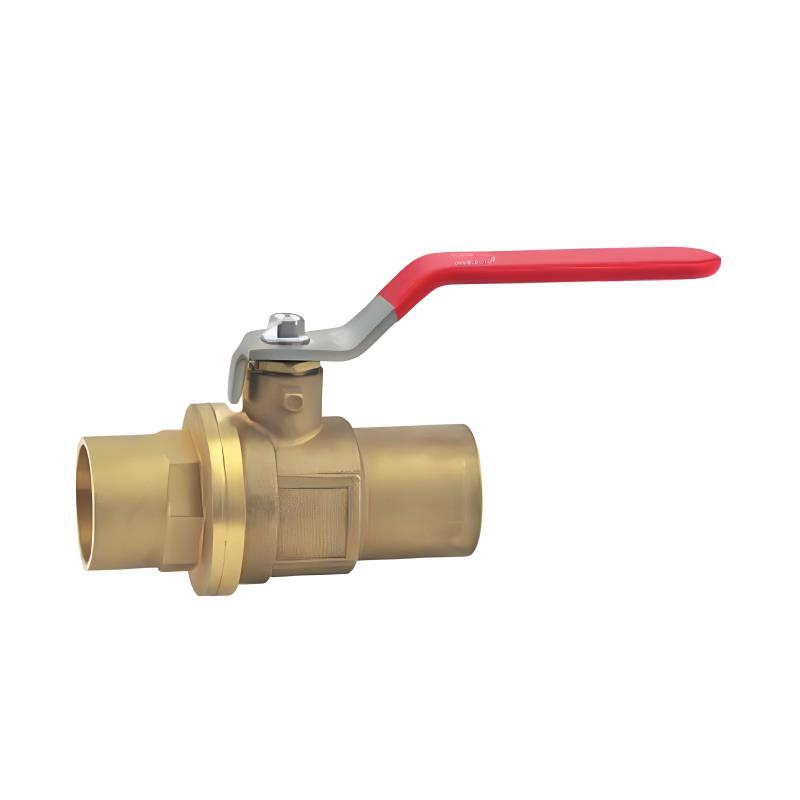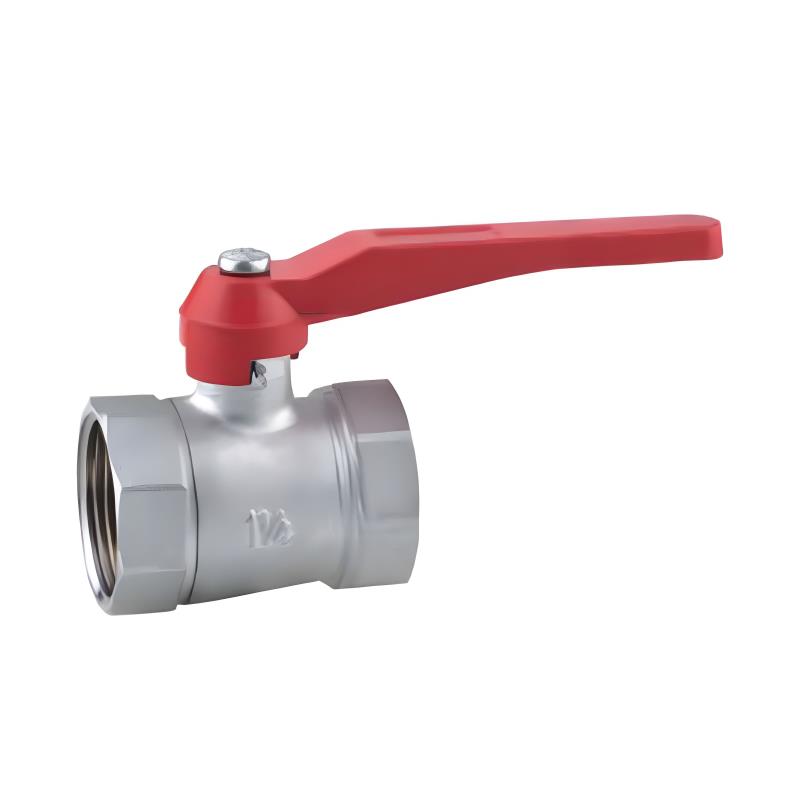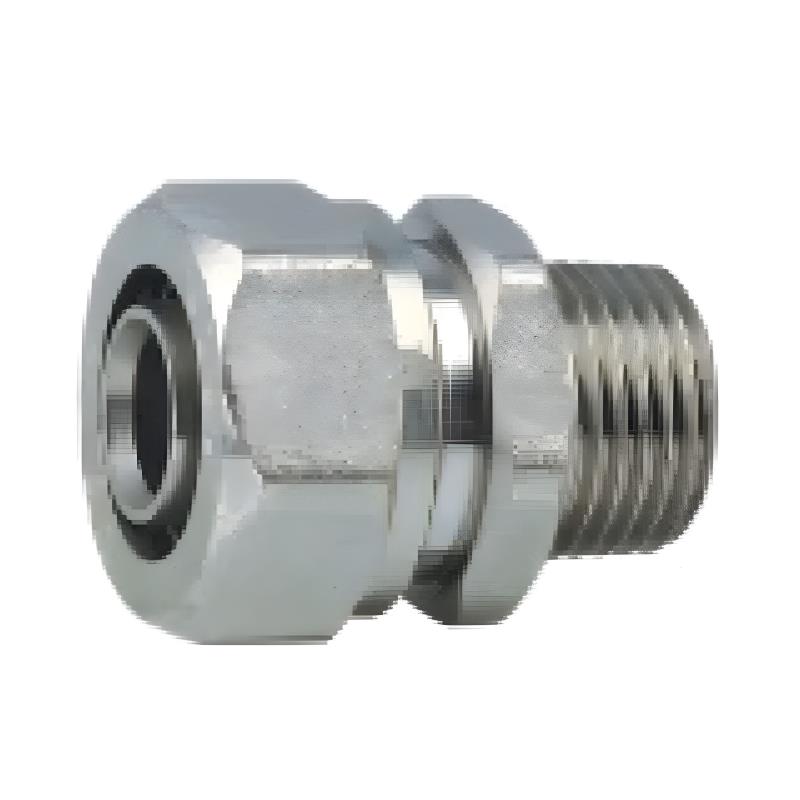Submit feedback
The Importance of Bibcock Valve Maintenance and Repair
Bibcock valves are a common feature in many households and commercial settings, providing a reliable means of controlling water flow. However, like any other mechanical device, they require proper maintenance and occasional repair to ensure optimal performance and longevity. In this article, we will explore how to prevent leaks, clean accumulated deposits, and repair or replace a bibcock valve when necessary.
Preventing Leaks in Bibcock Valves
Leaking bibcock valves can lead to water wastage and increased utility bills. To prevent leaks, it is essential to understand the common causes and take appropriate preventive measures. One of the primary reasons for leaks is the wear and tear of the rubber washer or seal inside the valve. Over time, these components can become damaged, allowing water to seep through even when the valve is closed. To prevent this, it is recommended to periodically replace these washers or seals, especially if you notice any signs of leakage.
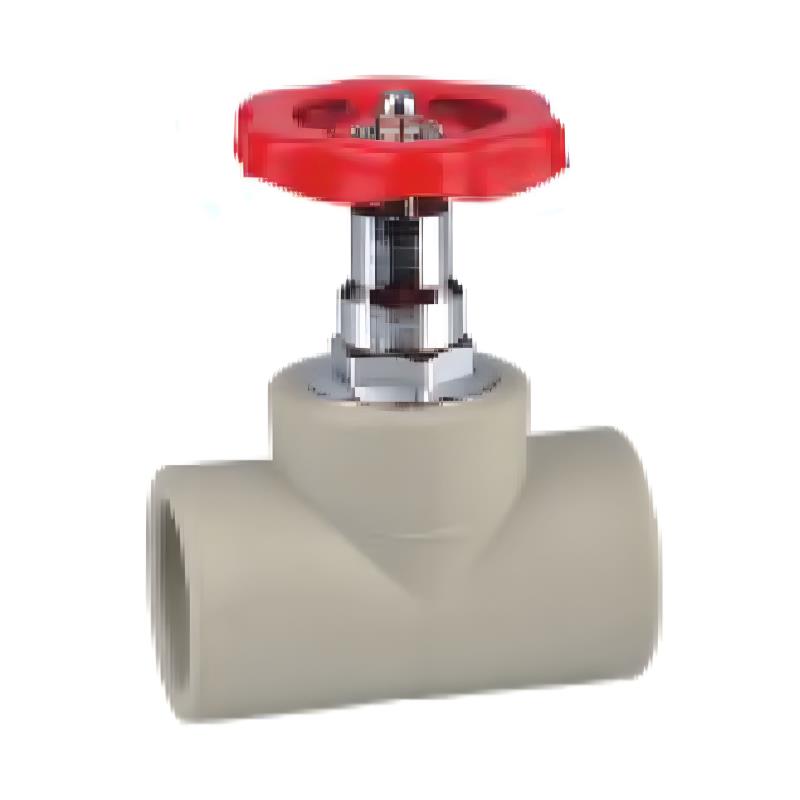
Another common cause of leaks is a loose valve mechanism or corroded components. To address this, regularly inspect the bibcock valve for any signs of looseness or corrosion. If you find any, tightening the packing nut or applying anti-corrosive coatings can help prevent leaks. Additionally, using high-quality materials and proper installation techniques can significantly reduce the risk of leaks.
Cleaning Accumulated Deposits
Over time, bibcock valves can accumulate mineral deposits, dirt, and other debris, which can affect their performance and lead to leaks. Regular cleaning is essential to maintain the valve's functionality and extend its lifespan. For external cleaning, use a mild detergent and a soft cloth or sponge to wipe the surface of the valve. This will help remove any grime and limescale that may have accumulated.
For internal cleaning, it is recommended to occasionally run the faucet to flush out any accumulated debris from the pipes. If you notice a significant buildup of deposits, you may need to disassemble the valve and clean the internal components. In such cases, using a mixture of warm water and vinegar can help dissolve and remove stubborn deposits. After cleaning, reassemble the valve and ensure that all connections are tight to prevent leaks.
Repairing or Replacing a Bibcock Valve
If your bibcock valve is leaking or not functioning properly, you may need to repair or replace it. The first step in this process is to turn off the water supply to the valve. This will prevent water from flowing while you are working on the fixture. Next, inspect the valve to identify the source of the problem. Common issues include worn-out washers, loose valve mechanisms, and corroded components.
If the problem is a worn-out washer or seal, you can replace these components without needing to replace the entire valve. To do this, remove the handle and valve assembly, replace the damaged washer or seal, and then reassemble the valve. If the valve mechanism is loose, you may need to tighten the packing nut or replace the valve stem. In cases where the valve is severely corroded or damaged, it is often more cost-effective to replace the entire bibcock valve.
When replacing a bibcock valve, it is important to choose a high-quality valve that meets the specific requirements of your application. Proper installation is also crucial to ensure the valve functions correctly and does not leak. This may involve using plumber's tape to seal the threads, tightening the connections securely, and testing the valve for leaks after installation.
Proper maintenance and timely repair of bibcock valves are essential to ensure their efficient operation and longevity. By regularly inspecting and cleaning your bibcock valves, you can prevent leaks and other issues that may arise from accumulated deposits or worn-out components. When repairs are necessary, it is important to identify the source of the problem and take appropriate action to address it. In some cases, replacing the entire valve may be the best solution to ensure reliable performance. By following these guidelines, you can keep your bibcock valves in optimal condition and enjoy a reliable water supply for years to come.
 +86-13989680588
+86-13989680588 graylin@hongjiavalve.com
graylin@hongjiavalve.com 

